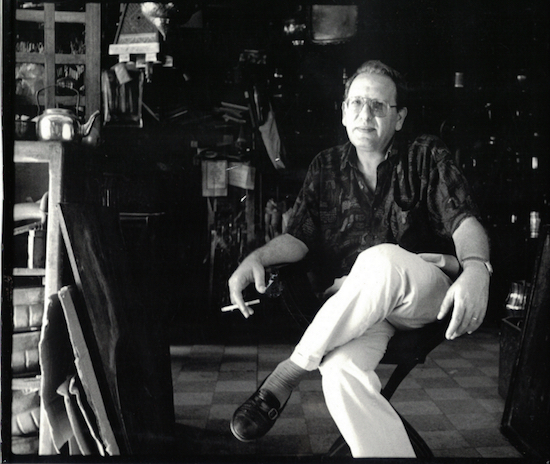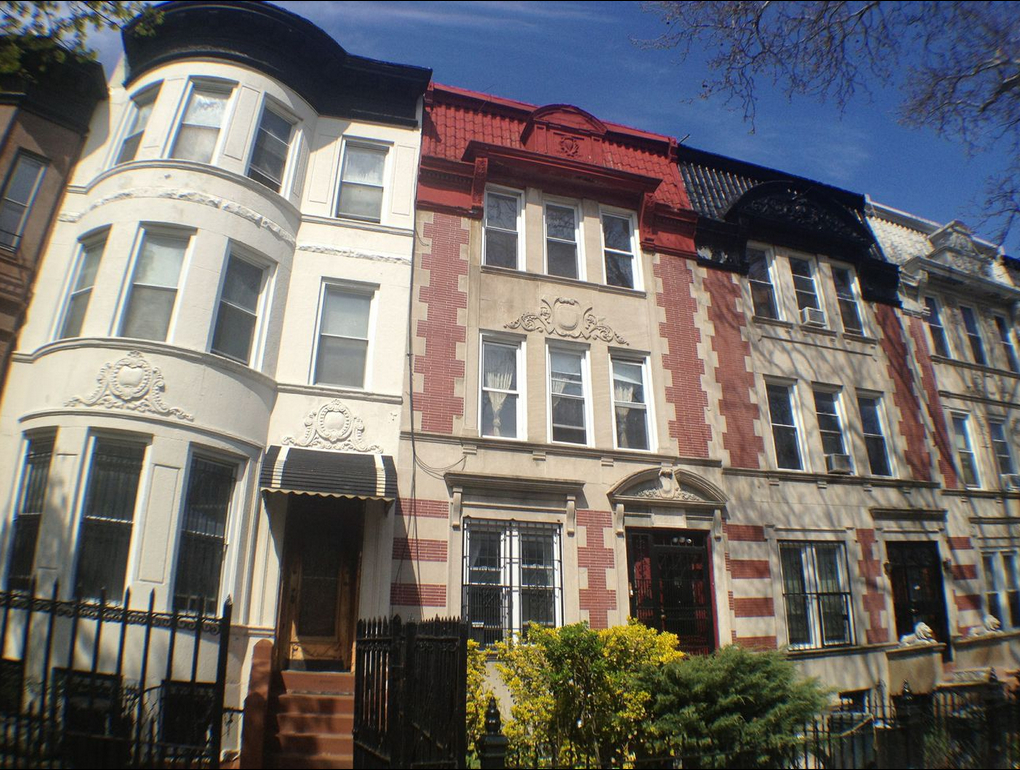Brooklyn Jewish Children’s Museum exhibit highlights tradition of Syrian-Jewish metalworkers

To the Jewish community in Syria, the art of metalworking is a rich cultural tradition. For generations, mothers and fathers have trained their children to master the delicate skill of shaping brass, silver and copper into stunning ornamental objects, and for good reason. The richly decorated vases, bowls, tables and chandeliers that have embellished the homes of Syrians for centuries require days to craft, with many different hands working simultaneously at separate but necessary tasks. The result is not only a gorgeous work of art, but also a glowing representation of the Jewish cultural tradition and its emphasis on strong familial ties.
When Maurice Nseiri joined the tradition in 1965, however, he would change this art form forever. Nseiri is the featured artist of a new exhibit at the Brooklyn Jewish Children’s Museum in Crown Heights called “The Lost Art of Damascus,” which opened Nov. 1 and is on view through Nov. 19.
Nseiri is among the greatest of Syrian-Jewish metalworkers, explained Chaya Serebryansky, program director at the museum. “He was the one who brought this art out of the household and into public spaces,” Serebryanksy said. To this day, Nseiri’s work adorns the palace of Syrian President Bashar al-Assad, the entrances to several prominent synagogues and mosques and even the trophies presented at the Arabian TV awards (he made sure to put his name on it).
